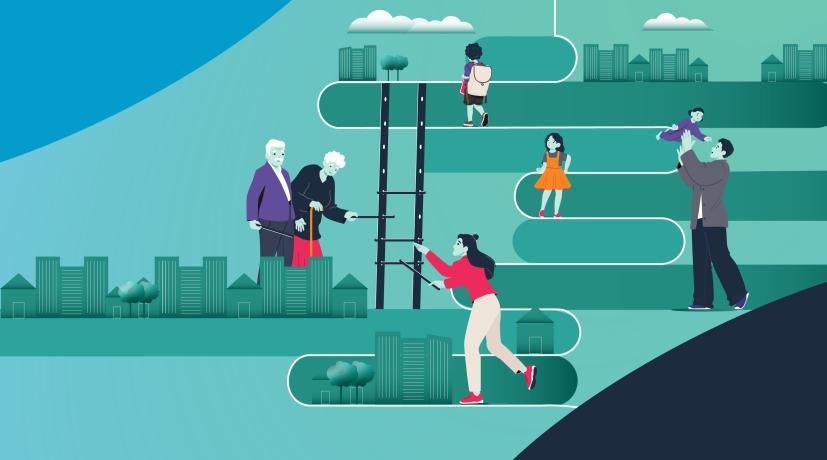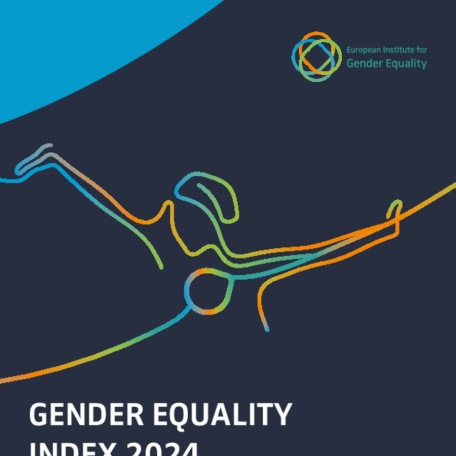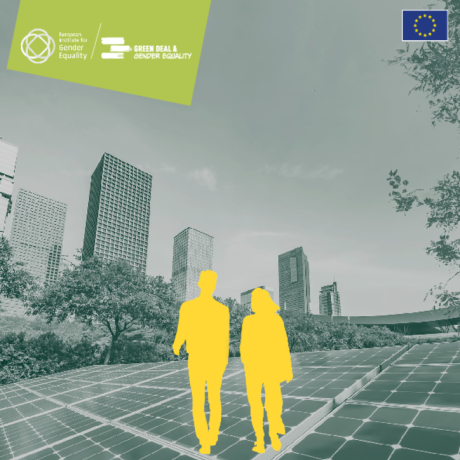Shila Meyer-Behjat and climate expert Annika Carlsson-Kanyama talk about the female face of climate change, why women drive smaller cars and the way to solve the climate crisis
Ms Carlsson-Kanyama, can women solve the climate crisis?
Oh, I would like to say yes, but I as a scientist I must say ‘I don’t know’ because this of course hasn’t been proven. But we know that women today are not empowered enough and we have evidence that they are more concerned with climate change than men. So putting that together, me being me, I would answer ‘maybe’.
In their recent report on women and climate change, the European Institute for Gender Equality, EIGE, focuses on the so-called gender dimension to climate change.
Yes, this has become an area of growing interest although there are so many aspects to it. But in general it is about findings such as for one, as I said, women and men conceive climate change differently as they do almost every other issue. At the same time by making choices in their lives that are less harmful to the environment, women tend to live more climate-friendly lives.
Can you give daily examples?
Today we have all this data showing that the average woman’s lifestyle produces less GHG gases than a man’s. Women drive smaller cars, they drive less in general, they use public transport and they eat less meat.
Some research suggests that women simply cannot afford the lifestyle of men, driving a bigger car for example.
No, no, I don’t think it is a matter of resources. We have done research among women and men with the same income. Still the women drove smaller cars, ate differently etc.- all of the above. They were more conscious about their daily choices and habits. Where that comes from, I don’t know. Some suggest it is biological — that women have a caring nature. Others tend to believe it is a product of gender stereotypes. I do believe it is more of the latter, but that those gender stereotypes are so strong and enduring that they have add some effect on female nature.
It is fairly agreed today that people in the developing world will suffer more from the effects of climate change, women especially. But the same applies for Europe as well …
That is right. During the heat wave in France for example more women died than men. It hasn’t really been confirmed why but it could be that they were responsible for household tasks and thus more active, or it is just a matter of constitution. By the way, that is another aspect of why women need to be more involved – to give more visibility to their vulnerability. Women are in every sense at the frontline of climate change. But they need to go from vulnerable to visible to powerful.
Since the urge to involve more women in climate talks has been identified in 1992 within the Beijing Platform for Action, there have been lots of initiatives for greater diversity. What has changed since then?
Not very much, although things have of course improved: there are women now even at the most senior levels. But what we need is their equal participation, nothing less. Why doesn’t this happen? Look at other power structures, you will find the same. It is for the same reasons that women are less represented on company boards or decision-making bodies in politics. Those in power won’t give it up simply to have more justice.
Is there a calculable loss to the lack of women participating in finding the solutions given that they are more aware and possibly more affected?
I wouldn’t know of that kind of research. But look, many believe that with climate change we will need to really enter into a catastrophe for everybody to understand the urgency of the issue. But the signs have already been there to suggest that the solutions so far, or maybe I should say ‘our whole approach’, does not work properly.
What are key measures to get more women involved in decision- making? How drastic should these measures be regarding what is at stake?
I usually don’t get involved in political debate as such. But I think the key is to make women more visible in the public sphere. It sometimes takes everybody to work on that. In my country Sweden, TV stations now really make an effort to have female experts equally represented for interviews and programmes. Little things like that change the public perception drastically.
In their report EIGE finds that education, mainly post-graduate, is the key factor for getting more women involved ...
Yes, I certainly believe so.
But some might argue that there is just too few women qualified enough to enter at these levels.
That is not a valid argument for me.
In the same report, EIGE suggests that while there are more female students than male, too few women enter scientific areas relevant to working on solutions for climate change. What might be the challenges for women in those areas of research?
From my experience, there are several dimensions here. First of all, I think that women don’t see that there are many job chances in those fields so they move on to different areas where there are more and realistic possibilities. But, on top of that, women are not being made to feel welcome.
Former Irish President and first female head of state in Ireland Mary Robinson wrote in an article: “Women are the world’s best climate change defence”. Do you agree? What needs to be done to fully realise and exploit this potential?
They are better — that I know! With men we still have to ask ourselves how to make them get rid of their big cars (laughs!). Now, on a serious note, I believe there is a political dimension to it. So, you could argue that on average a conservative man is more harmful to the environment than a socially-oriented woman. We know that women on average are more concerned with climate change - as they are with any other crisis.
Read more
- Main findings of the Gender Equality and Climate Change report
- EIGE’s report “Gender Equality and Climate Change”
- Press release on gender equality and climate change
- Beijing Platform for Action’s database. Women and the environment
- Council conclusions on gender equality and climate change
- Women must be involved in shaping the future and tackling the (climate) change
Access the interview in printable format





